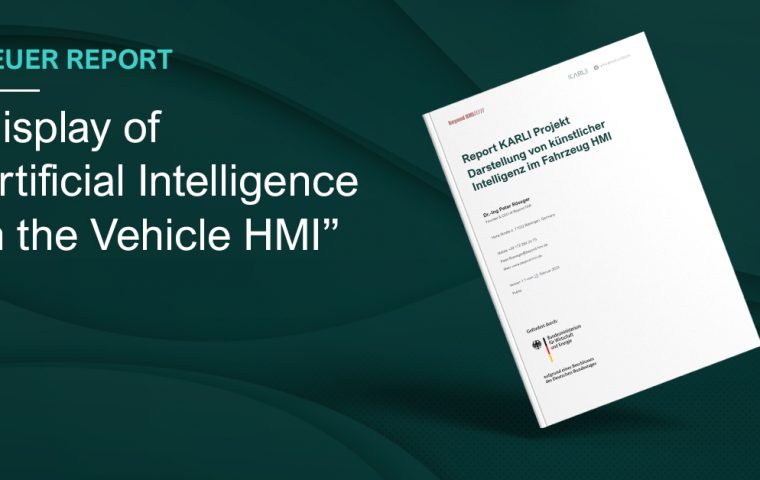Subproject
Level Compliant Behavior
Recognizing and monitoring safety-critical situations poses challenges for drivers. In particular, partial automation and frequent changes in driving environments can complicate the process of driving. The development of level-compliant behavior is intended to support drivers in monotonous driving phases.
Problem
In vehicles with automated driving (AD) functionality, the rights and duties of the driver in different SAE levels are often intransparent and difficult to understand. This is especially true for the “partial automation” (L2) and “conditional automation” (L3) levels, as well as when frequently switching between different levels and different driving contexts, such as when driving through a town on a country road.
As a result, drivers need to monitor vehicle behavior particularly intensively and continuously during a country road trip, for example, in order to be able to take over control of the vehicle immediately in safety-critical situations. However, this conflicts with the human ability to sustain monotonous tasks over a longer period of time. At the same time, a high level of responsibility lies with the driver, since intervention becomes necessary especially in such complex situations in which the automation system can no longer perform vehicle guidance independently.
It is therefore essential to continuously match the driver’s behavior and attention to the requirements of the current automation level and the respective driving situation and to support him/her even in the supposedly monotonous phases in order to counteract this problem.
Solution approach
The aforementioned problem is to be solved mainly by increasing system transparency, in particular through intelligent interaction between the vehicle and the driver/passenger. This is done by a multi-level approach and the combination of different AI-based systems.
AI-supported driver state detection and vehicle environment recognition create the basis for an assessment of the current driver behavior/driving state in relation to the current automation level and the current driving context. This in turn serves as the basis for an AI-supported and personalized interaction strategy for optimal support of the driver in the given context.
Goal
Drivers should be supported as best as possible in the supposedly monotonous driving sequences of a partially automated journey in order to enable rapid intervention in the driving process. This requires the development of a system to ensure conformity of the driving behavior. A combination of driver state recognition, vehicle environment recognition and intelligent interaction concepts leads to a reliable guidance of the driving behavior.
In addition, the aim is to increase confidence in such a system, especially among inexperienced users of an automated vehicle, and to make the rare transitions to lower levels of automation or manual driving as pleasant as possible.




